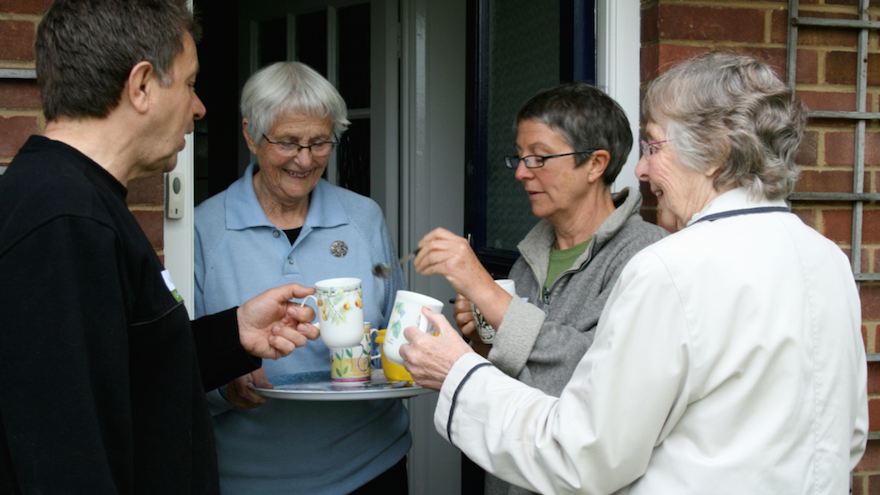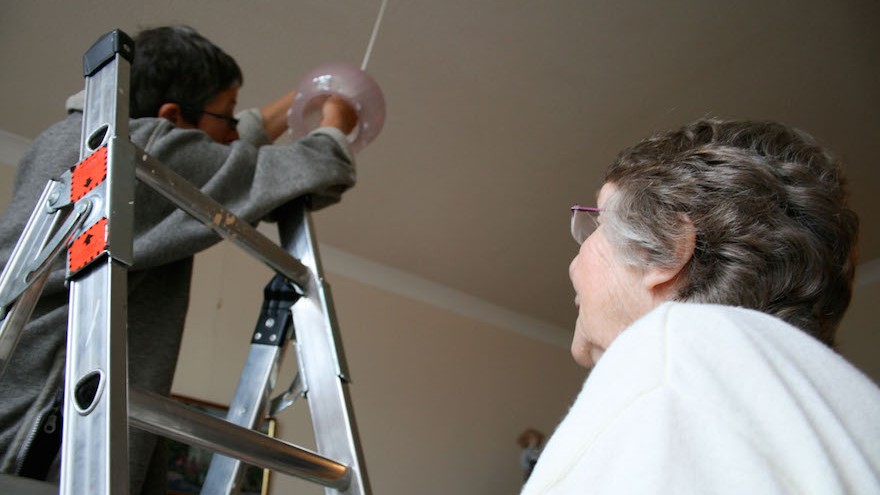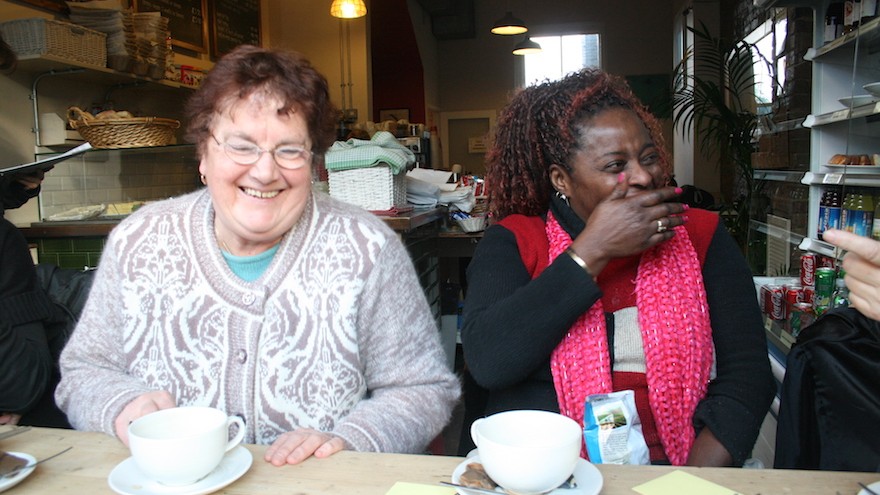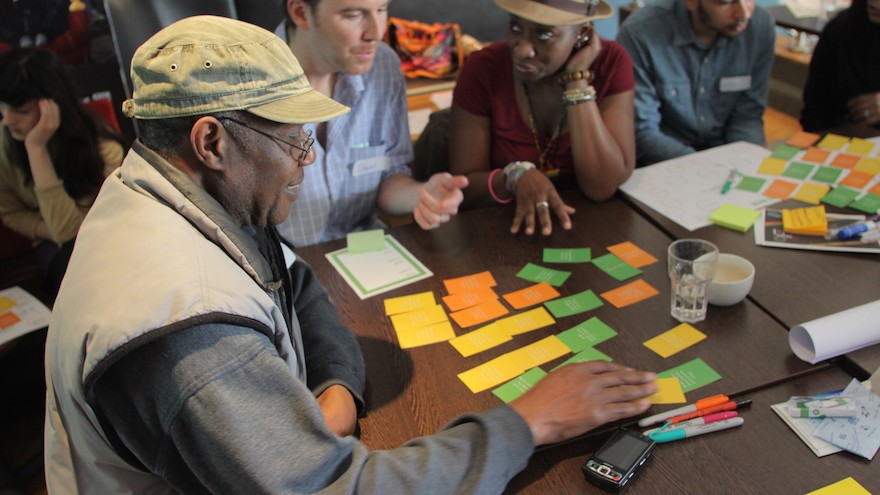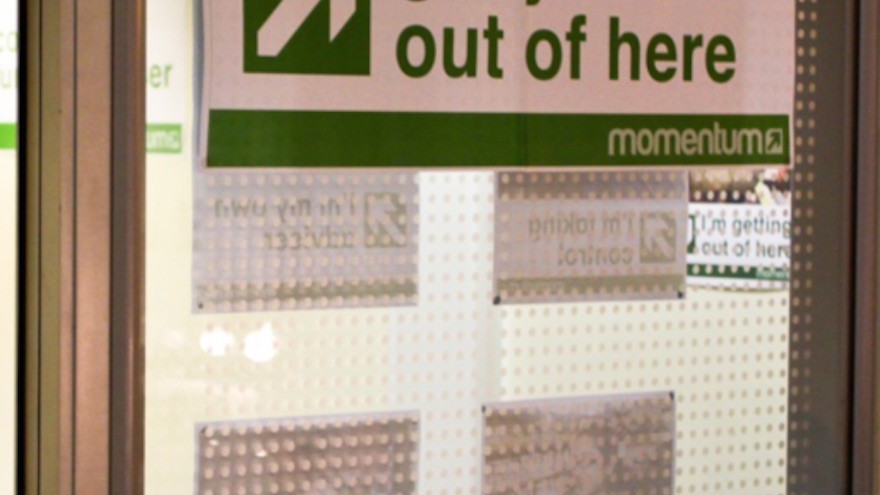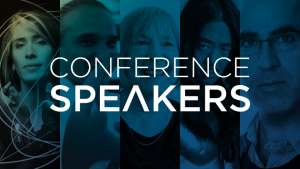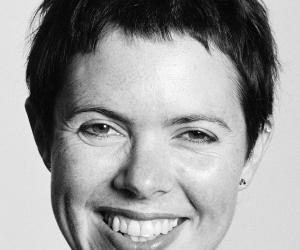From the Series
Award-winning innovator and social entrepreneur, Hilary Cottam has been working for over a decade to reshape the social systems and processes of the welfare state in the United Kingdom. Often immersing herself for long periods in the communities she is working with, Cottam has affected the lives of thousands of people with her radical rethinking of UK schools, prison systems, health services, social care of the aging and unemployment.
The first "non-designer" to win a major design award (UK Designer of the Year in 2005), Cottam's work builds a powerful case to show how design-thinking can be used to improve industrial and governmental structures. Cottam is widely known as a pioneer of social design and puts a huge amount of value on the power of community and collaboration. We had the chance to ask her some questions ahead of her visit to the Design Indaba Conference in Febraury 2016, where she will be giving us some proper insight into her important work.
What got you interested in working on social change?
From an early age I was aware of the acute inequalities in the world and I wanted to make a difference. In the 1980s, living and working in Chile and then Ethiopia, I saw first hand the implications of economic hardship and political repression – I wanted to do something to make the world a better place.
What was the first problem in the system that you felt the need to help change?
Probably my own school lunches – they were pretty revolting!
Can you tell me a little bit about your childhood? Did you grow up in a happy home?
Yes – I’m lucky – I grew up in Spain and London. I am sure that exposure to another culture very early on shaped me.
You work with age, disease, prison systems, unemployment… how do you stay positive? Do you ever feel overwhelmed?
I’m constantly inspired by those I work alongside – they are making change in their lives in the toughest of circumstances – they inspire me. I also believe in team work – I have always been blessed with wonderful, talented colleagues and that makes a big difference. But sometimes, yes it’s tough – people’s stories can be very painful and I have seen things move backwards as well as forwards.
Have you always felt that immersing yourself in the lives of the people your work impacts was the best method for research?
Yes – from the outset I have been struck at the way in which people’s lives are somehow flattened by official stories – I think this partial picture and understanding is a key reason that so many well-intentioned efforts for change fail. I want to know what is really going on, how things really work – if we don’t truly understand the nature of the problem we can’t solve it.
How long do you spend living with and observing communities?
It varies a lot – there are places where I have been returning again and again over a period of many years – sometimes just having a cup of tea leads to powerful insights. It is about truly listening and building trust.
How important is that process to the results?
Vital – the problems I work on are complex and engrained. I need to get underneath the issue, look from all perspectives, grapple with messy issues of power and emotion. And then of course, most importantly the inspiration for something new that works comes from this process, from this genuine collaboration.
Some of the problems you highlight are hard to quantify: loneliness and isolation. How do you measure the problem and how can you measure the result?
This is a big question. There are government statistics and academic research – these are useful starting points that we can be looked at from the context of people’s experience. All the work I have done has good measurement frameworks around it – I am a pragmatist: I look at cost – can we do this for less; what already exists – can we improve on it and then most importantly are we building people’s capabilities and this has to be measured by people themselves – I’ve designed new ways to do this.
What do you think of the term “design thinking” and is it one you’d use to describe your work?
My work is truly inter-disciplinary – so lots of labels get attached to it – I am not particularly fond of any of them.
What I am clear about is that design is a powerful tool for change: working visually has been critical to getting new perspectives on old problems, getting people to share what is personal and what matters; building prototypes or working exemplars helps get buy in for implementation. Design is about creating, building – this is a powerful force – critique is easy – creation is what we need.
How do communities in London compare to other places you have been around the world? Did you come across anything overseas that inspired your work in the UK?
I am a graduate of the barrios of Latin America and the compounds of Lusaka and other cities in Southern Africa. It is here for example that I learnt about, honed and developed the visual tools and methods that I use. It is also here that I saw the power of genuine participation – something we are still learning about in the UK. This is one of the reasons I am so excited to come to Design Indaba Festival and look at what is happening here now.
What are you working on at the moment?
I’m writing a book – a vision for a future welfare state. After that I want to shift my focus and think about trade unions. Good work is a global challenge: in the UK 70 per cent of cash benefits go to people in work; in South Africa I think I am right in saying one in four people don’t have work. We have to start to approach this problem in new ways.
Hilary Cottam will be speaking at Design Indaba Conference 2016. Book now.

